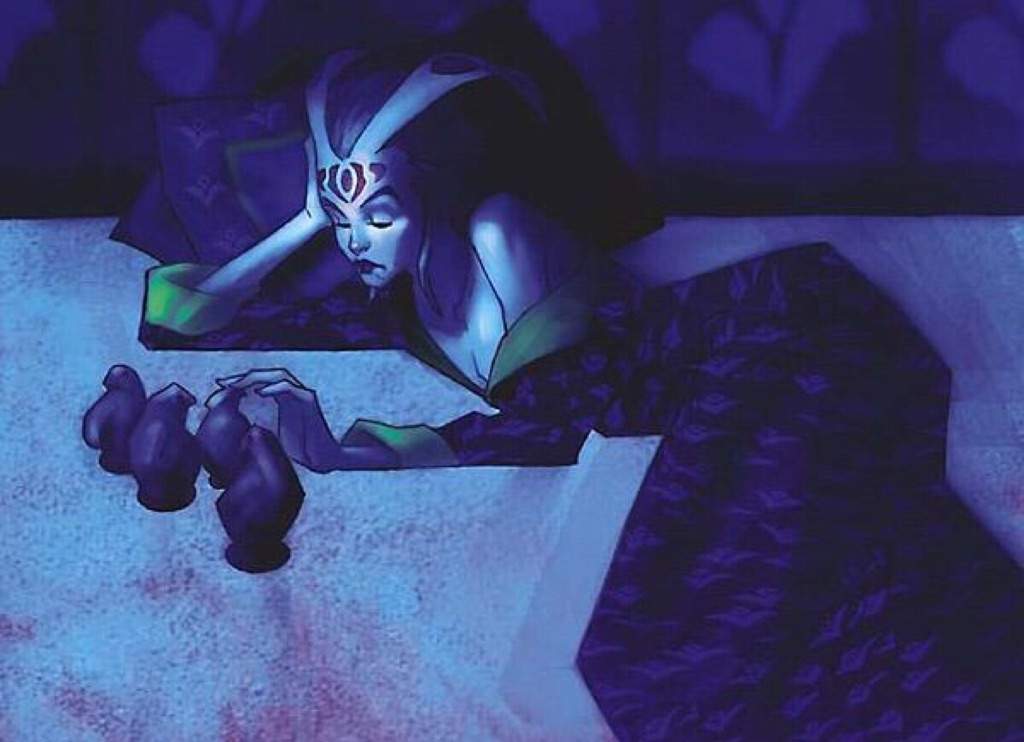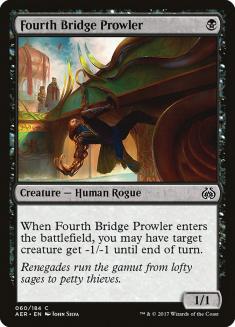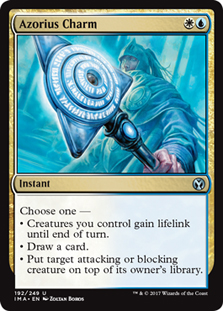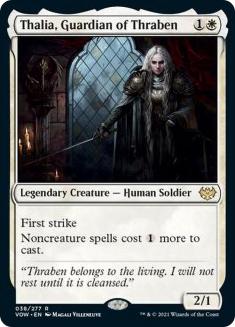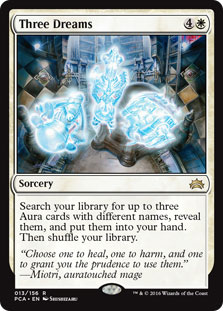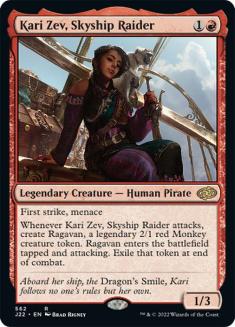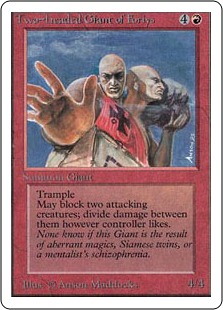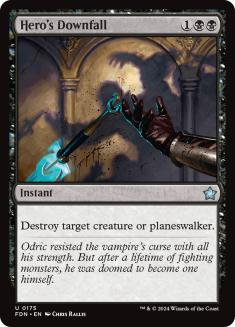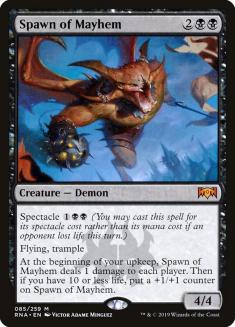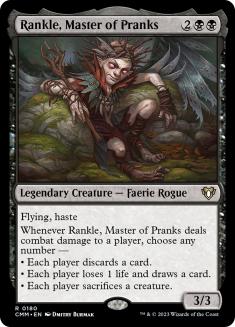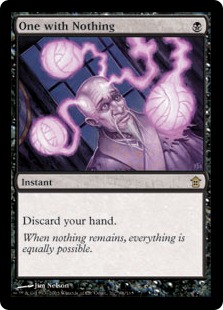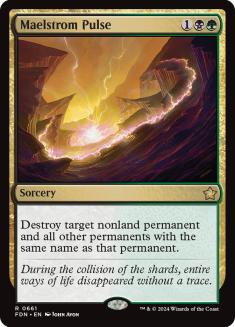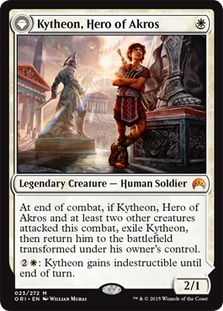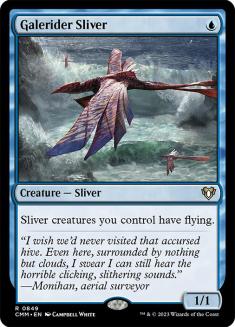I spend a lot of time looking at decklists. Between my time doing Daily Digests, searching for cool decks for VS Live! and simply researching the metagame, much of my life has been spent making sense of someone else’s choices. Nearly two decades into it, I like to think I have a pretty good sense for when the numbers in a list are coherent and when they are all over the place.
Of course, that sense comes from a lot of failed attempts at deckbuilding myself, and a few memorable successes (I still miss you, Arclight Phoenix). But for newer players, interpreting a decklist can be like reading Ancient Greek, and not just from the bevy of esoteric terminology and neologisms found in card names. Without speaking directly with the designer, it’s tough to see why exactly they are playing two copies of Fatal Push but only one of Abrupt Decay. Or why some decks play two Uro, Titan of Nature’s Wrath while similar decks are playing the full four.
Understanding the structure of good decklists and how to go about putting them together is, in my opinion, the most fundamental skill in the deckbuilder’s toolkit. Any initial list is going to need a fair bit of tuning from the initial draft as you playtest and learn its strengths and weaknesses more intimately, but it’s a huge advantage to start from a more advanced position. Moreover, if you build your intuition here, then you’ll have a better idea of what to look out for in testing, making that process more efficient and productive. And lastly, having an understanding of these principles will let you dissect a new deck more readily and lead to a quicker understanding of your matchup against it and how to approach the newcomer.
Without further ado, let’s take the oddly numerological approach, and look at what each of the four numbers you see in decklists really means.
Four: The Protein
If you’re playing four of a card, it’s a star of the show, or in the labored metaphor in the section header, the star of the dish. This is the (tofu) steak in the center of the plate and what’s bolded on the menu to attract the eyes of prospective diners.
In Magic terms, these are the core components of your deck. They are the reason you’re playing it and the cards you want to cast every game. That’s why you’re playing the maximum amount allowed under the rules, and if you could play more of them you likely would. That all sounds simple enough, but there’s a lot of depth here to unpack, starting with what it means to be cast every game.
If you had access to your entire deck every game, then you wouldn’t need to play as many four-ofs because you’d have access to singletons when you need them. You might still play more copies of important cards, but decks would be much more diverse. So the number of cards your deck sees in an average game is an important benchmark, and one that varies from deck to deck.
For aggressive decks, you may only see ten or eleven cards, and more homogeneity is important. For controlling lists, the game often goes long, and you have more flexibility to vary your card choices, because you have time to find key cards. As a result, what constitutes a key component or protein is much stricter in slower decks than it is in faster ones. Unsurprisingly, when you look at decks like Mono-Black Aggro or Bant Spirits in Pioneer, you see a lot of fours, and when you look at Azorius Control, it’s not uncommon to see fours only next to Opt, Azorius Charm, and Supreme Verdict.
Of course, it’s no surprise that Opt, Azorius Charm, and Supreme Verdict are those common quartets. Supreme Verdict sets Azorius Control apart more than any other. In metagames where it’s bad, I’d choose another deck rather than trim it for other cards. But the other two are unsung heroes in the archetype and their consistent presence in successful lists elucidates two critical concepts in deckbuilding.
First is the importance of maximizing your opening hands. When you put more copies of a card in your deck, the most noticeable impact is seeing it in your opening hand more often and in higher numbers. To maximize the power of your opening hands, you should err toward playing more copies of your best early-game plays. For Azorius Control that means Opt and Azorius Charm, which help you hit land drops and find your best pieces of interaction for the matchup as quickly as possible.
For your more expensive cards, even being a key part of the deck may not be enough to make it worth four copies. Teferi, Hero of Dominaria is often the win condition for Azorius Control, yet rarely is seen in as many copies because you don’t need it until after you’ve blunted their first wave of attacks.
In order for more expensive cards to be slam-dunk four-ofs in a list, they must be that much more important to the deck’s gameplan. For example, Urza, Lord High Artificer supercharges any deck it’s in, and thus merits the full four copies despite being a clunky opening-hand card in the absence of Mox Opal.
To maximize the power of your opening hands, you should err toward playing more copies of your best early-game plays.
Second is the concept of diminishing returns. When you play four copies of a card you often see two or three in a game, and for some cards that’s a huge liability. For cheap cantrips like Opt and Azorius Charm the diminishing returns on extra copies are rather low, making it easy to fill your deck with them. Cantrip-heavy decks, often called Xerox strategies after the old Alan Comer deck from the 1990s, take this principle to the extreme, relying on a huge number of them to provide a consistency advantage and the ability to reduce their land count.
Ideally the core cards in your deck should be cards you’re happy to see in multiples, like Lightning Bolt and Tarmogoyf in Modern Jund or Ensoul Artifact in Izzet Ensoul. If you have a powerful card in your deck with significant diminishing returns, like Torrential Gearhulk in its day in Standard or Embercleave today, then playing fewer than four copies is reasonable even if the card is important to your strategy.
But be careful not to take the concept of diminishing returns too far. The most common mistake I see players make is to trim absolutely critical legendary cards because they’re afraid of drawing a superfluous copy. For example, right now I’d be playing the full four copies of Thalia, Guardian of Thraben in Modern Humans even though most lists play three. It’s excellent in a lot of the top matchups right now and it’s powerful enough in those matchups to demand an answer or end the game.
And that’s the rule of thumb I go by: if a legendary card is often good enough to win the game when left unanswered, then I don’t mind drawing a dead copy, so I play four. Thalia, Guardian of Thraben meets that criterion in the current Modern metagame, though in some it doesn’t. Cards like Urza, Lord High Artificer in Temur Urza and Gaea’s Cradle in Legacy Elves are other examples.
Three: The Starch
You can’t serve a meal without a nice side of rice or potatoes. Maybe if you’re feeling adventurous you can go with a nice polenta, but there’s always a starch next to the protein. And it’s the starch that everyone looks to first. Your three-ofs are your best role-players, supporting the critical cards.
There isn’t a set rule that defines what should be a three-of in your decks, at least not as solid as there is for four-ofs. For our purposes, it mostly is shaped by why the card isn’t elevated to a four-of or demoted to a two-of. Typically, a three-of is either a would-be four-of that runs afoul of high diminishing returns or a would-be two-of that is particularly well-positioned in the metagame.
The former is the fate of cards like Kari Zev, Skyship Raider in Pioneer Mono-Red Aggro. An efficient, hard-to-block two-drop sounds like a shoe-in four-of, but as a legend that essentially never takes over the game by itself, it doesn’t clear the Urza bar. Mono-Red Aggro also suffers greatly from having a dead card in its hand because its cards already are underpowered relative to those in other decks.
An example of the latter case is Remand in Modern Storm. The deck doesn’t have much room for interaction in the maindeck because the core of the deck is quite large, as is typical with combo decks. Remand has been the go-to option because it plays well with Grapeshot to allow kills from low resources as well as Baral, Chief of Compliance. In metagames where it’s well-positioned, you often see three copies, along with a bounce spell to cover anything that slips through the cracks. In metagames where Remand is weaker, a copy gets trimmed for a better card. For what it’s worth, with the rise of Mystic Sancturay decks playing expensive counterspells and a resurgence in Tron, I’d favor three copies right now.
Two: The Vegetables
Next on your plate is the other side dish, the veggie. It gets a bad reputation, but it’s good for you. Some of them you’d rather leave on the plate (I’m looking at you, broccoli) but some nice roasted Brussels sprouts or garden peas sauteed with garlic and a spritz of lemon can be an important component in a great meal, or in this case, deck.
Like the three-ofs, these are role-players, but for whatever reason, they aren’t as important. Often they are casualties of space, and metagame conditions can bump them up to the mashed potato tier of side dishes.
Right now you generally see two copies of Hero’s Downfall in Dimir Inverter, supplementing Fatal Push in the removal suite. But a few weeks ago, when Mono-White Devotion was everywhere and maindeck Narset, Parter of Veils was common in Inverter mirrors, the third Hero’s Downfall made more sense.
These fluctuations naturally occur more frequently with reactive cards than proactive because the former are strictly conditioned and thus more metagame-dependent. There’s a ton of options for removal and counterspells and which ones you play and in what numbers are highly contextual questions that will change week to week with the metagame. Threats just don’t change with the same frequency. Look at Mono-White Devotion, Mono-Green Devotion, and Bant Spirits. All are threat-heavy decks in Pioneer that look largely the same as they did a month ago.
Generally I look at this category as cards I need to play to fill out my deck, but I’m not particularly excited by them. Spawn of Mayhem is a fine card in Mono-Black Aggro, but I’d rather have Rankle, Master of Pranks as my flying finisher because it brings a lot more options, so playing two Spawns rounds out the deck nicely. When Chonky Red was big, Lightning Strike made the fourth point of toughness on Spawn a lot more important, but those days are long gone.
One: The Herbs and Spices
The last category is perhaps the most misunderstood. I’ve met many players who refuse to play singletons in their deck that aren’t part of a tutor package because they reason that they won’t see it often enough to be relevant. But Magic is a game of small edges and tournaments involve dozens of games, so it doesn’t take much action for a card to have a relevant impact on your record.
Related to the concept of diminishing returns is that of your marginal return, how much benefit you derive from the N+1st copy of a card versus the Nth copy. Because of diminishing returns, that number will always decrease as N increases, and when it comes to Magic, the highest marginal return always comes from that first copy. Now, that doesn’t mean you should play only singletons, since some cards are so much more powerful than others that even the diminished return of the second, third, or fourth copies is greater than the other’s first. But it does provide some credence to the value of singletons when your other options are of roughly similar power level.
Most commonly, you see singleton copies of expensive, flexible removal spells. Cards like Maelstrom Pulse, Council’s Judgment, or even Vraska’s Contempt help plug the holes left by the core removal spells like Fatal Push and Swords to Plowshares that earn more slots by virtue of their efficiency. You don’t want to draw too many of these spells because fast aggro decks can run you over before they come online, but you also want to have an out to sticky permanents like Experimental Frenzy or True-Name Nemesis.
In most situations, Maelstrom Pulse is likely to function as a Fatal Push, targeting a Tarmogoyf or such without impacting your ability to cast other spells. But with only one copy it’s not likely to punish you for its inefficiency, at least not as often as it will save you from a key planeswalker or horde of Lingering Souls tokens. On the balance, your deck improves with that first copy. But as you add more, you run into the inefficiency problem more often. The sweet spot ends up being to add a little touch at the end of the list, like a pinch of salt and pepper to finish out your dish.
Another scenario where the spicy one-of is appropriate is when your deck needs added late-game power. If it’s a card that you only want to see when the game goes long, having multiple copies makes little sense, and you’ll see more cards in those long games, increasing your chances of drawing it even as a singleton. The one copy of Dig Through Time in Lotus Breach decks filled this role nicely, giving the list a great topdeck against disruption-heavy decks.
Extra copies would be awkward when most lists have graveyard hate they already want against you, but the first helps you a lot against Thoughtseize and company. A lot of lists have eschewed the card for Tamiyo, Collector of tales or Pieces of the Puzzle these days, but those cards are playing a similar role.
Lastly, a singleton copy of a card can be correct when your’re happy with 58 or 59 cards and simply want to use the last slots to bolster a certain part of your deck. I often do this in aggressive decks to fine-tune my curve, usually adding one-drops. Even if these cards aren’t very powerful, aggro decks rely on getting to the battlefield quickly, and it’s often better to make your deck more consistent in doing so than to play a more powerful card. That’s why I’ve played cards like Kytheon, Hero of Akros and Thraben Inspector in Modern Humans, or the cheeky Galerider Sliver in Mono-Blue Devotion back in Theros-era Standard.
Both of those decks benefited from establishing a battlefield, either with Thalia’s Lieutenant or devotion payoffs, so even though those cards were weak, having the extra one-drop made the other cards in the deck better, which made them more valuable than the other options, so it wasn’t as if I was playing one copy of Thraben Inspector; I was just playing an additional one-drop. As underpowered cards, they have very high diminishing returns, so you can’t afford more than one most of the time.
Walking the Tightrope
Don’t be afraid to spice up your deck from time to time. Just don’t go overboard or you’ll detract from your key elements. That’s why I’m wary of toolbox decks, since most players use them as an excuse to play too many narrow singletons. As a rule of thumb, if you’re drawing the card naturally more often than you’re tutoring for it, it should either be in your sideboard for matchups when you want it more often or out of the deck entirely.
I’ll close with the obvious caveat that deckbuilding in Magic right now is much more an art than a science. There are so many variables at play and our collective knowledge of the game only encompasses a small number of them, so these principles should be viewed as a guide rather than dogma. As your grasp of them improves, so will your confidence in recognizing situations when it’s correct to deviate from them.
Still, I find it quite helpful to look at decklists through this analytical framework. What are the key cards, the most important role-players, the lesser role-players, and the spice, and are these components well-balanced in the list? If so, then the list will read naturally and make sense. If not, then either I’ve misjudged the deck in some way or the designer has made some errors, and I’ll need to see the deck in action to figure out which. Regardless, it points me in a good direction to start learning more about the deck in a short time frame.
A lot of the decisions you’ll make here are still judgment calls, and reasonable minds can disagree. You should also regularly reevaluate things you’ve learned previously when new cards are printed or the metagame shifts dramatically to see if anything has changed, because the line between these categories is rather thin. But as long as you’re honest with yourself and flexible in your thinking, you’ll be fine.

